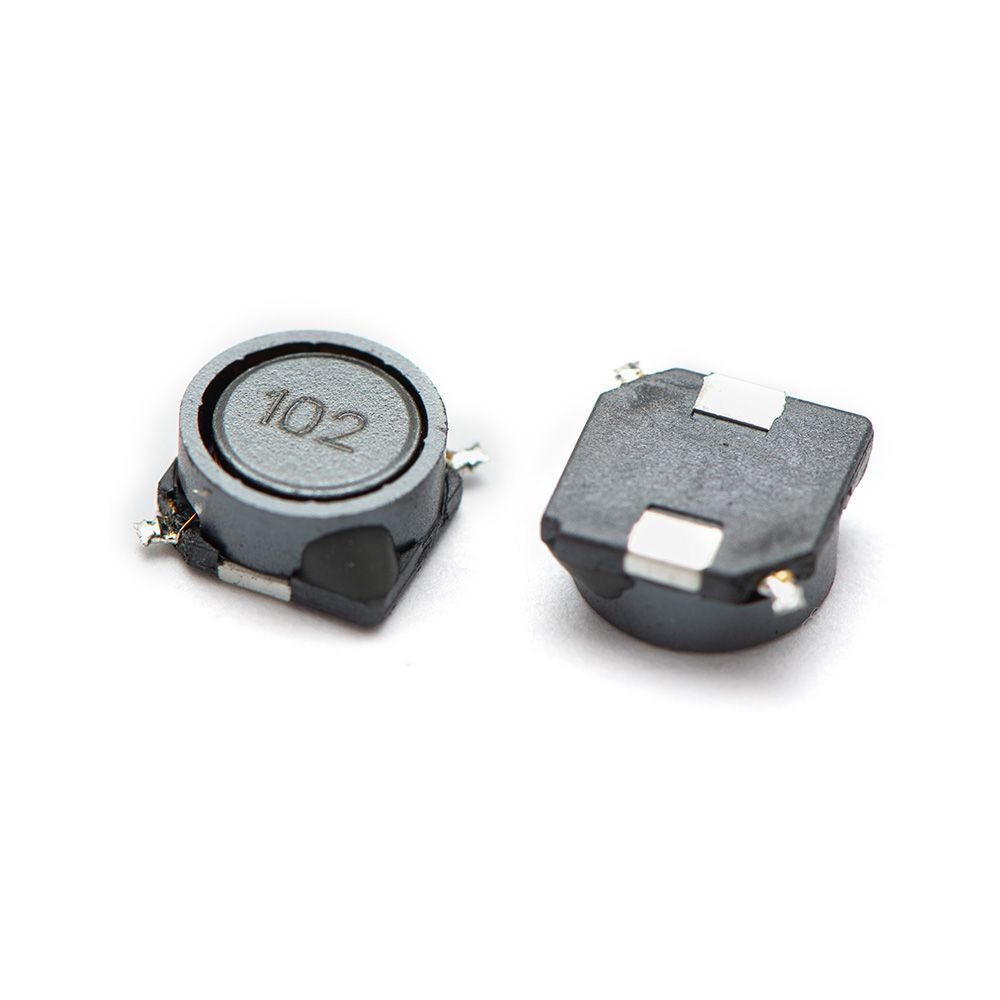
An air coil inductor, or air core inductor, is an inductor without a magnetic core, but rather unsupported with only air inside of the coil. Coils are generally produced with copper material, insulated wire, stripped and non-stripped ends, and tinned or bare ends.
In a certain magnetic field, using a coil to cut through the magnetic lines of force can convert the same magnetic field into electrical energy. This principle of electromagnetic conversion is utilized to create devices such as relays, motors, generators, wireless equipment, and speakers. The coil can be made from conductive materials like copper, iron, aluminum, gold, and other metals. To enhance the magnetic field, a magnetic core can be inserted into the center of the coil. When the coil’s center consists of a plastic framework or has no core at all, it forms an air-core coil. Air-core coils are widely used and are designed in various shapes such as circular, square, elliptical, and many other irregular forms to meet diverse needs.

An air coil inductor, or air core inductor, is an inductor without a magnetic core, but rather unsupported with only air inside of the coil. Coils are generally produced with copper material, insulated wire, stripped and non-stripped ends, and tinned or bare ends.
Air-core coils are widely used, leveraging their energy storage, DC conduction while blocking AC, and electromagnetic induction properties for various applications. They are primarily utilized in inductive reception, focusing systems, magnetic cards, magnetic heads, high-current coils, low-voltage electrical devices, industrial control systems, household appliances, automotive electronics, SMT mounting, mobile phones, wireless transmission and reception, electronic navigators, power regulators, amplifiers, power supplies, and filtering circuits in electronic products or components.

Inductance (L) is an inherent characteristic of the coil and is independent of the current magnitude. It is typically specified with a particular designation.

The impedance effect of an inductor on an AC current is called inductive reactance (XL), measured in ohms (Ω). In an air-core coil, the self-induced electromotive force (EMF) opposes the change in current within the coil. The inductive reactance of an air-core coil impedes AC flow, and its magnitude is determined by the formula: XL = 2πfL, where L is inductance and f is the AC frequency.

The quality factor (Q) is a physical parameter that indicates the performance of a coil. It is defined as the ratio of inductive reactance (XL) to the equivalent resistance (R): Q = XL / R.
A higher Q value means lower energy loss in the circuit. The Q factor is influenced by factors such as the DC resistance of the wire, dielectric losses in the coil’s frame, energy losses due to shielding or iron cores, and the skin effect at high frequencies. Typically, Q values range from tens to hundreds.

The capacitance that exists between turns of the coil, between the coil and the circuit board, or between the coil and shielding is called parasitic capacitance. Parasitic capacitance reduces the Q value and decreases circuit stability. Therefore, minimizing parasitic capacitance is desirable to improve performance.

Established in 2013, Shenzhen Kunyo Technology is committed to designing and manufacturing custom magnetic components, including high-frequency transformers, low-frequency transformers, audio transformers, power transformers, and inductors.
You can get a price of this model or send us any question to get any information you would like to know, we will reply to you soonest.